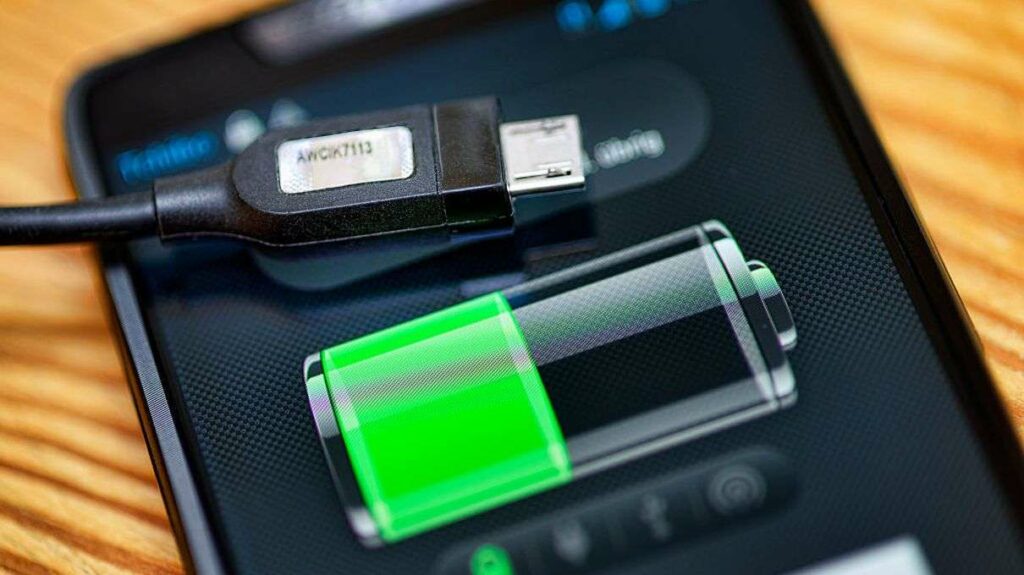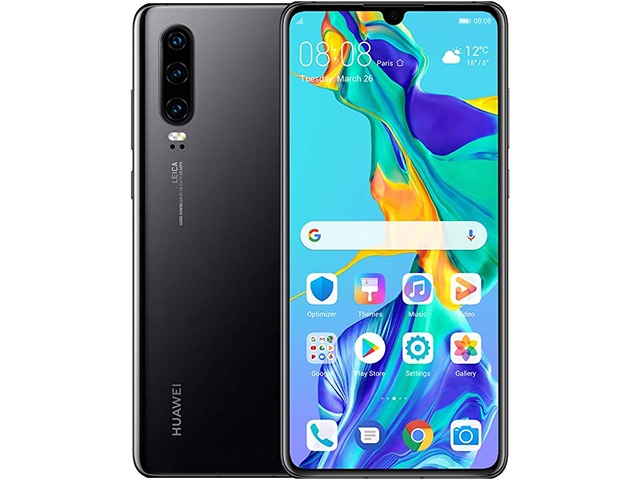More Specs Information – Huawei P30 Review
Cellular phones are available on the market with a variety of design characteristics, and are often exchanged because of socioeconomic and technical reasons. Therefore, it’s crucial to understand some unique hardware components. (e.g. display, battery, back cover), as well as the OS, and gain long time use of such devices so you do not need to replace them in the near future. Fortunately, this Huawei P30 review will help you to cover all the jargon that you need to get your best cellular phone.
Huawei P30 model status in the market is: Available. However, it is announced by Huawei company on 3/26/2019 and Released 2019, March 26.
Huawei P30 has 64GB 8GB RAM, and 3650 mAh battery life (the more mAh value gives more strength to the battery). When you purchase Huawei P30, you will gain 40 MP, f/1.8, 27mm (wide), 1/1.7″, PDAF, Laser AF rear camera and 20 MP, f/2.0, (wide), 1/2.8″, 1.0µm selfie camera.
Huawei P30 comes with a 6.1 inches, 91.3 cm2 display size .
Huawei P30 has these software and hardware platforms:
* Android 9.0 (Pie), upgradable to Android 10, EMUI 10 OS,
* Kirin 980 (7 nm) Chipset
* Octa-core (2×2.6 GHz Cortex-A76 & 2×1.92 GHz Cortex-A76 & 4×1.8 GHz Cortex-A55) Processor.
In this article, you will find Huawei P30 review which will sort-out the main Huawei P30 features that you need to make a wise decision about your new cellular phone.
Read Huawei P30 Review To learn More About The Body Features
When planning to purchase a new mobile phone, the body parameters must be taken into consideration. These physical features include body size, weight, and build. You can read Huawei P30 review in terms of the body features in the lines that follow.
* Body Dimensions: 149.1 x 71.4 x 7.6 mm (5.87 x 2.81 x 0.30 in) which mean height, width, and thickness (depth) respectively.
* Body Weight: 165 g (5.82 oz).
For smartphones, a weight between 140g to 170g is deemed convenient for most customers.
* Body Build: Glass front (Aluminosilicate glass), glass back (Aluminosilicate glass), aluminum frame.
The following body types of the cellular phones are available:
* Metal. Due to the fact that it is made of metals, it is the most powerful in terms of saving the mobile phone’s internal parts.
* Plastic. This kind could be more durable than metal because it doesn’t flex. Additionally, because it doesn’t shatter easily, it has a longer operating life than a glass one.
* Glass. This kind of smartphone’s body looks more polished and attractive, despite the fact that the fragile nature of glass makes it more breakable.
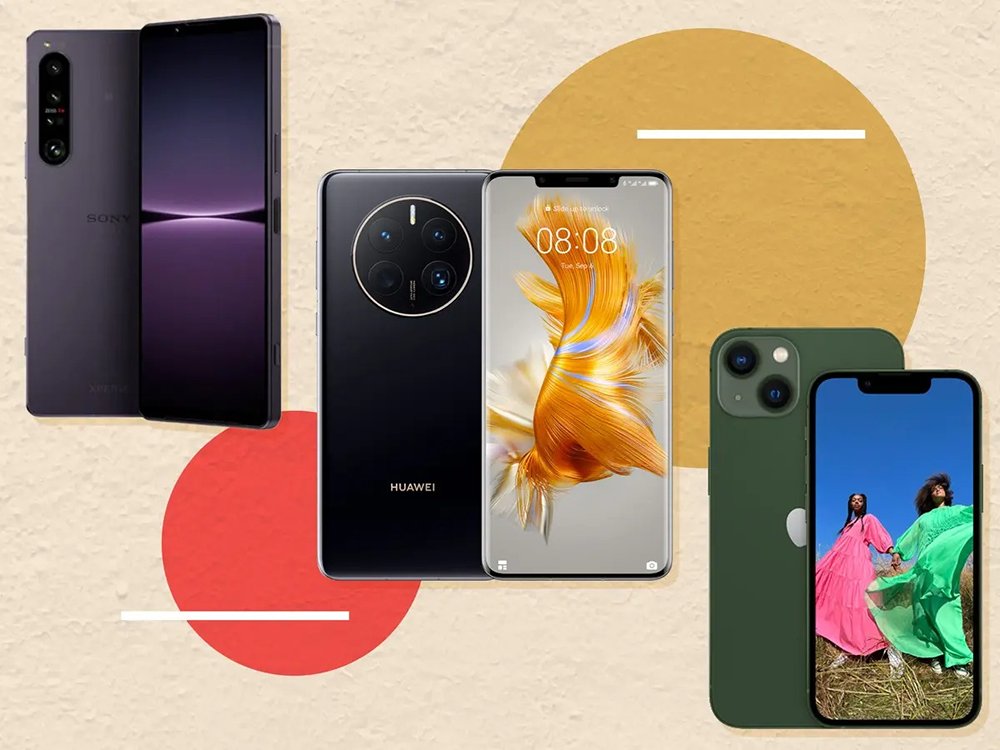
Huawei P30 Review of The Available Colors
Competition between mobile phone manufacturers is no longer limited to technological matters, such as memory size, camera strength, and processor power. Rather, it went beyond competition in the colors of the mobile phone covers, which have become significantly more varied.
Huawei P30 comes in the following colors: Aurora, Amber Sunrise, Breathing Crystal, Black, Pearl White.
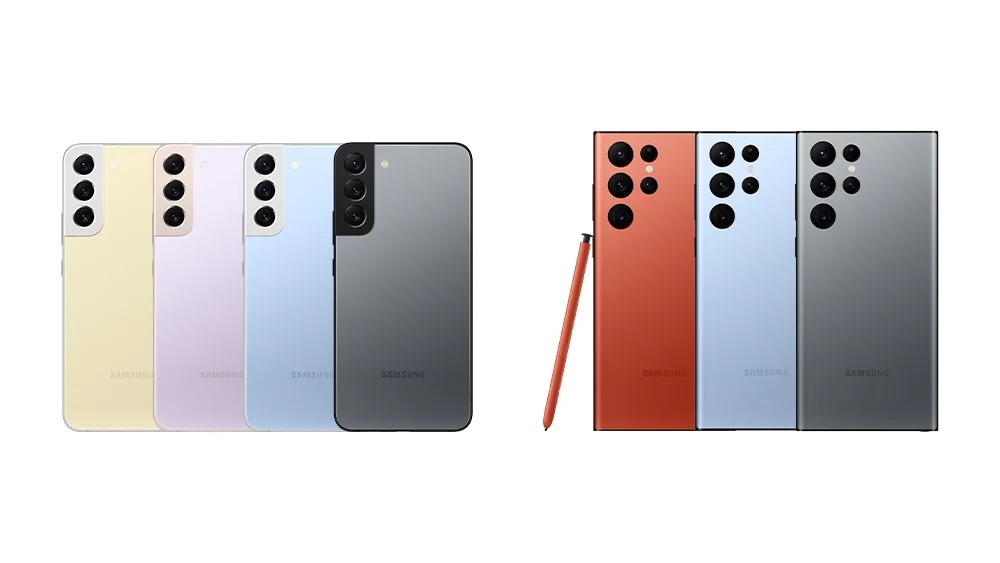
Huawei P30 Review – Understanding Display jargon
We use mobile phone to work, connect, play games, watch movies and videos, take photos, and even extensive reading. These tasks are easily accomplished on large-screen devices with true blacks, high contrast ratios, and good visibility from different angles..
The next lines will represent the primary display specs of Huawei P30.
Display Type: OLED – Remember that you should search for a screen type that offers more bright colors and true black.
Display Size: 6.1 inches, 91.3 cm2 – These days, smartphones feature screens that measure between 4.7 and 6.5 inches.
Display HDR: HDR10 – Signifies that an image has a strong contrast between its lightest and darkest areas.
Screen To Body Ratio: (~85.8% screen-to-body ratio). It provides the percentage of how much the screen covers the front side. Smartphones that have the largest screen to body ratio look delicate and give it a premium look.
Display Ratio: 19.5:9 ratio. the Aspect ratio is the relevance between the height and width of the smartphone screen. Taller aspect ratios like 19.5:9 is coming with the most modern smartphones, and it is suitable for web browsing, and other portrait orientation apps.
Display Resolution: 1080 x 2340 pixels. It is the clarity of an image video in details and sharpness. The pixel resolution for high definition screens is 1920 x 1080.
Display Density: (~422 ppi density). It is the number of physical pixels per inch on a screen, and is measured in Pixels Per Inch (ppi).
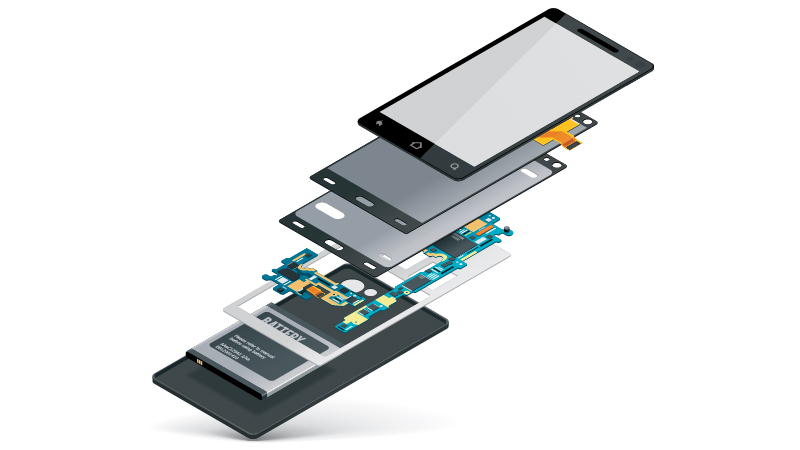
No More Camera Specs Confusing – Huawei P30 Review
In the following lines, you will find Huawei P30 review about the main cameras.
* Main Camera Single: {40 MP, f/1.8, 27mm (wide), 1/1.7″, PDAF, Laser AF}.
Here are explanations about some of the symbols included in the camera features:
MP (Megapixels) is the resolution of the image taken by a cellphone.
(f value) is the aperture of a lens indicates how much light it lets in. The larger the aperture, the more light is let in; conversely, a smaller aperture lets in less light.
(mm value) This measurement is of the lens’s focal length, which affects the final image that is produced by your camera.
AutoFocus (AF) is the function of a camera to automatically focus on a subject.
* Main Camera Dual: 8 MP, f/2.4, 80mm (telephoto), 1/4.0″, PDAF, OIS, 3x optical zoom
* Main Camera Triple: 16 MP, f/2.2, 17mm (ultrawide), PDAF, Laser AF
The main camera features are as follows:
HDR, panorama, Leica optics, 4K@30fps, 1080p@60fps, 1080p@30fps (gyro-EIS), 720p@960fps main video camera.
Here is the Huawei P30 review of the selfie camera:
* Selfie Camera Single: 20 MP, f/2.0, (wide), 1/2.8″, 1.0µm
The main camera specifications are:
1080p@30fps Selfie video camera.
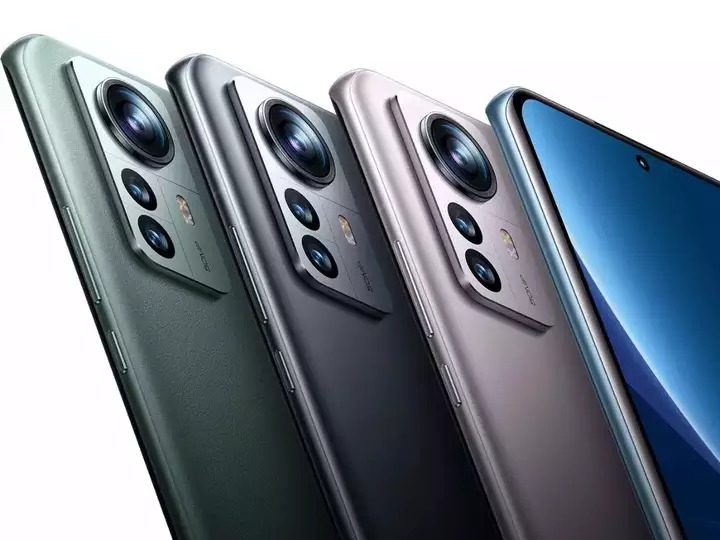
What’s The SIM card? Huawei P30 Review
A SIM (Subscriber Identity Module) is an electronic card that connects your cell phone to the mobile network so that you can make calls, send SMS messages, and use mobile internet services like 3G, 4G LTE, and 5G. For more info about 3G / 4G networks, refer to Huawei P30 3G or Huawei P30 4G articles You can use your smartphone without a SIM card for many things, like playing games, using the calculator, saving notes, capturing photos, and many other applications. The following three sizes are available for SIM cards: Standard (Mini), Micro, and Nano.
This phone model comes with Single SIM (Nano-SIM) or Hybrid Dual SIM (Nano-SIM, dual stand-by) card. For more info, refer to How to insert SIM card in Huawei P30 article.
Here are the common SIM card types:
* Nano SIM. It is the smallest removable SIM card size, so it is the most modern one (other than eSIMs, which we’ll read about it very soon) and it’s used by the vast majority of modern smartphones.
* Micro SIM. They have a slightly larger chip, and they haven’t been utilized too often lately.
* Standard SIM (Mini SIM). It is the biggest SIM card size in use, and it’s the most rarely used.
* eSIM. It is an embedded SIM card, i.e., you can’t take it off of your mobile phone.
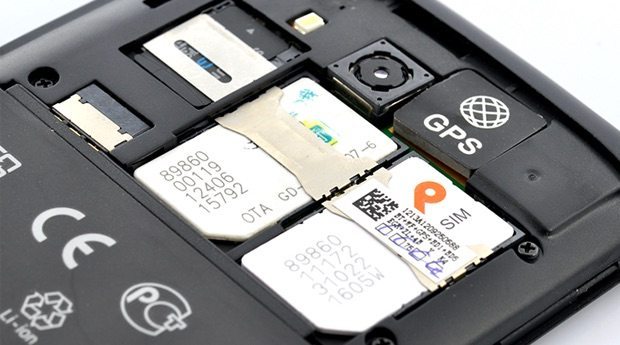
Chipset, CPU, and GPU – Huawei P30 Review
This model has Kirin 980 (7 nm) chipset.
A chipset on a cellular phone is most usually termed as a system on chip (SoC). It is an integrated circuit that combines all basic components of a device on a single chip. The most popular types are: QUALCOMM Snapdragon, MEDIATEK CHIPSETS, and INTEL ATOM.
Huawei P30 has Octa-core (2×2.6 GHz Cortex-A76 & 2×1.92 GHz Cortex-A76 & 4×1.8 GHz Cortex-A55) CPU.
The performance of the CPU will be improved if the CPU has more cores and higher speed of processing.
Huawei P30 has the following GBU (Graphics Processing Unit): Mali-G76 MP10.
This chip is responsible for processing and accelerating all graphics jobs, and the faster the GPU, the more powerful the cellphone will be.
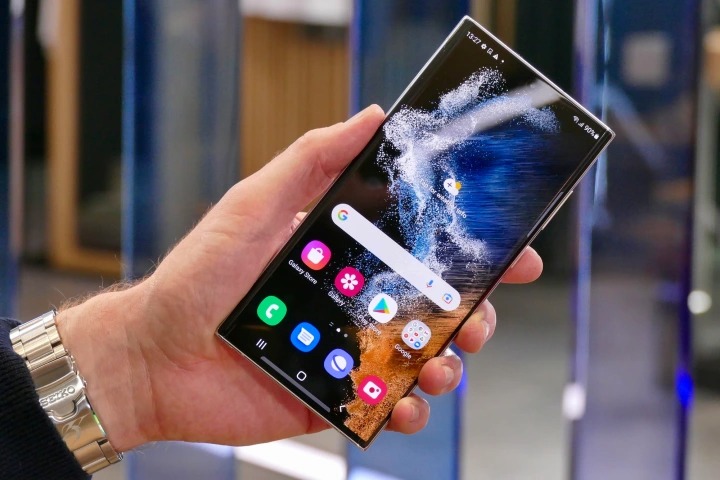
Storage specifications – Huawei P30 Review
One of the major deciding factors when you intend to buy a new smartphone is the size of storage it offers. Actually, Huawei P30 comes with NM (Nano Memory), up to 256GB (uses shared SIM slot) memory card slot, and the following internal storage: 64GB 8GB RAM – 128GB 6GB RAM – 128GB 8GB RAM – 256GB 8GB RAM
Two types of phone’s memory are available:
Internal: It is built in the phone, and can’t be increased. Nowadays, the majority of smartphones have internal storage that is at least 32GB or 64GB and a few high-end models feature 256GB or 512GB.
External: It is a removable SD card used as an alternative memory to store photos, music, videos, etc., regardless of the type of SD card slot.
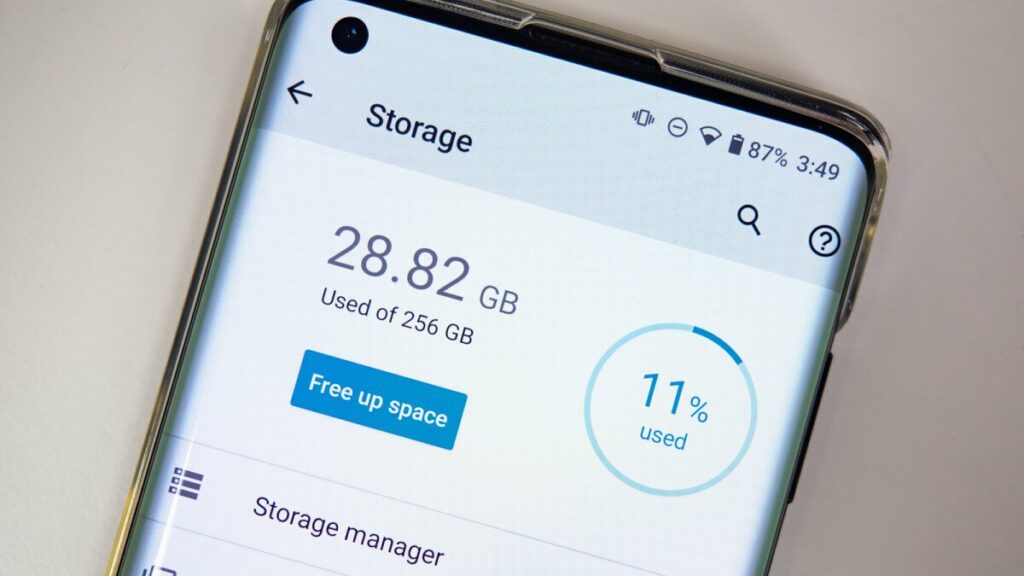
Mobile Networks and Connectivity – Huawei P30 Review
A mobile network is the system that provides wireless communications for mobile devices. This is done through connection towers covering specific separate areas. There are 3 kinds of these networks: 3G, 4G (LTE) and 5G. These types are working on the most modern smartphones.
Huawei P30 supports the following networks: 3G. For more information, refer to Huawei P30 3G article. – 4G. For more info, refer to Huawei P30 4G article.

Available Wireless Connections – Huawei P30 Review
This model includes the following wireless connections:
* WLAN connection: {Wi-Fi 802.11 a/b/g/n/ac, dual-band, Wi-Fi Direct, hotspot}. Wireless Local Area Network uses Wi-Fi to communicate to the home or office wireless network using the local router and offers Internet access.
* Bluetooth connection: {5.0, A2DP, aptX HD, LE}. It is a common wireless communication protocol used to communicate two devices together over short distances, allowing them share data between different devices.
* GBS connection: {Yes, with dual-band A-GPS, GLONASS, BDS, GALILEO, QZSS}.Global Positioning System allows smartphone to locate any position you need.
* NFC connection: {Yes}.Near Field Communication is a wireless technology that enables your cellphone to send data to another device when they’re close together, so it’s commonly used for contactless payments. For more info, refer to NFC on Huawei P30 article.
* USB connection: {USB Type-C 3.1}.Universal Serial Bus is wired technology that allows users to connect two devices, such as a smartphone with a PC, to either transfer data or to charge the connected device.
* Features Sensors: {Fingerprint (under display, optical), accelerometer, gyro, proximity, compass, color spectrum}. The sensor is a device that detects and majors the changes in the nearby environment such as ambient light and motion.
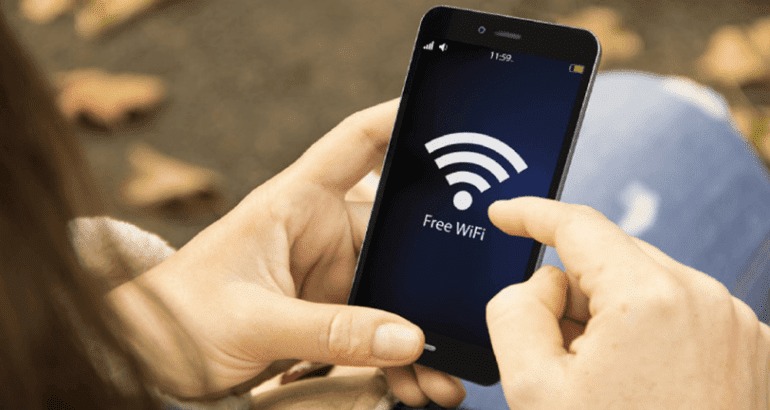
Huawei P30 Review – The Operating System
This model comes with {Android 9.0 (Pie), upgradable to Android 10, EMUI 10} operating system.
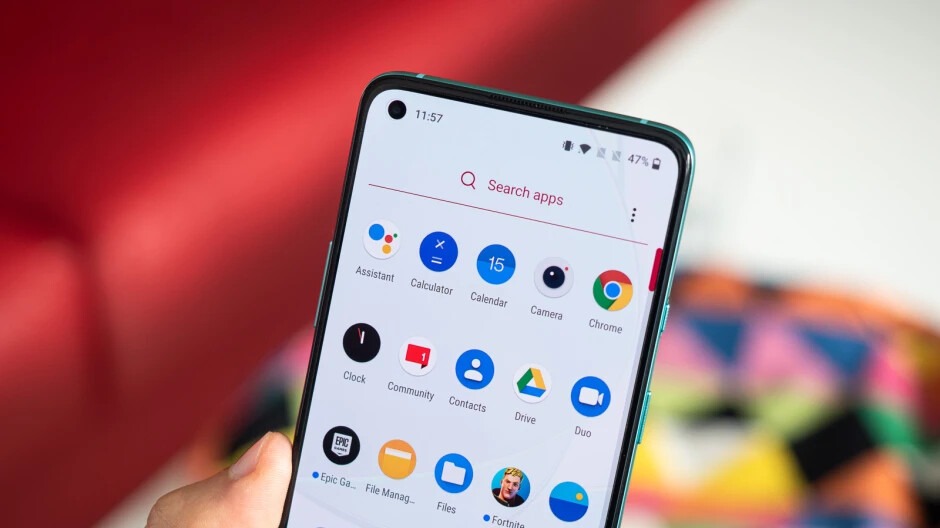
PHONE Review – The Battery Main Specs
Nothing is more important than the smartphone’s battery, which powers these devices and grants daily life going. The following lines are containing Huawei P30 review of its main battery.
* Battery Technology: {Li-Po}.
* Huawei P30 comes with {non-removable} battery.
* Battery Capacity: {3650} mAh. It refers to the storage capacity a particular battery may offer. A battery with 3100 mAh capacity rating could supply a current of 3100 mA for one hour. Higher mAh ratings for the same battery type will generally mean longer working time.
* Battery Charging: {Fast charging 18W}.

Huawei P30 Review – The Battery Secondary Specifications
In addition to the primary Huawei P30 specifications that we mentioned earlier, this model has more battery-related features that are relatively different depending on the kind of the mobile phone. Here are these specs:
* Battery Charging Original: {Fast charging 22.5W}.
* Battery Wireless Charging: {Fast Qi wireless charging 10W}.
